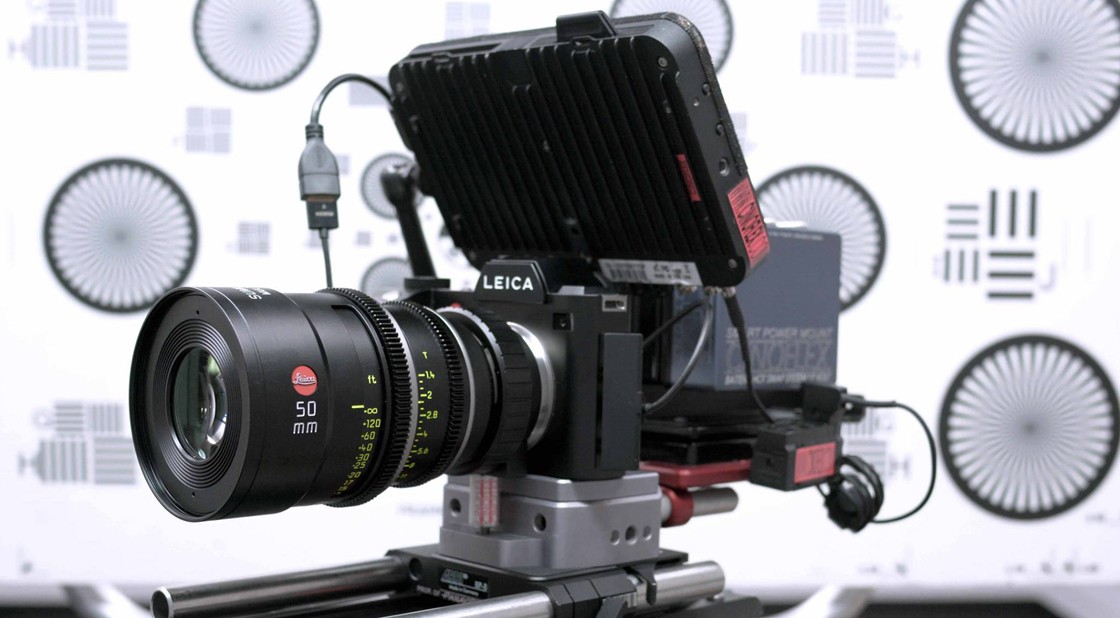Leica introduced its first full-frame mirrorless camera on October 20, 2015. Since then dozens of reviews have been written about how formidable camera it was, and how it was not. While arguing about something like Leica SL reminds me debates on what is wrong with the latest model of Lamborghini, there is one thing that even those who really, really liked the camera could not figure out: what Leica SL was designed for. This very fact opened the Pandora box for bashers and haters of all sorts. Even though some statements can be vigorously and successfully contested, there are a few points that are hard to argue against, considering what the photographic industry currently offers:
- too large and heavy for photojournalism
- arguably not fast enough for action and sports
- only three AF lenses
- not enough resolution for landscapes
Even those who did not raise issues listed above still had one nagging question: “Why is it so indecently expensive?”, which implies that Leica SL is just a toy for those “money is not an object” amateur photographers obsessed with The Red Dot.
Yes, for roughly $13,000 for the body and a fearfully enormous Vario-Elmarit 2.8~4/24-90 ASPH it does sound kind of expensive, no question about that. However, there is a very good reason for this, and what makes me wonder is why Leica Camera AG does such a great job hiding it from the public. It just so happens that, when properly accessorized, Leica SL is just as good for video and cinematography applications as the famed Super35 4K Arri Alexa.
The video below was completely shot with Leica SL at 4K (UltraHD) resolution in Apple ProRes HQ uncompressed format in Gamma L-Log and post-processed with DaVinci Resolve Studio 12.5 and Final Cut Pro X.
Leica SL, Leica Vario-Elmarit 2.8~4/24-90 ASPH, BlackMagic Video Assist 4K
Leica SL shoots 1080p (up to 120 frames per second) on full 35mm frame and 4K (either full aperture 24p, or UltraHD 25p and 30p) on Super35, which is almost identical to APS-C format. While Super35 format may seem like a limitation in still photography, in motion picture this is pretty much industry standard, and only super high-end major studio production movies are shot on cameras with larger frame sizes. What is nice about it, though, is that Leica T/TL lenses become a very attractive option, as they are, despite their excellent image quality, smaller, lighter and several times cheaper than SL lenses.
By “properly accessorized” I mean that, even though Leica SL does not record 10-bit 4:2:2 uncompressed video internally, it outputs it via HDMI. Any commercially available HDMI recorder, like Atomos Ninja Flame, or BlackMagic Video Assist 4K that also doubles as an excellent 7″ external monitor. Except for the top-of-the line models, most 4K UltraHD-capable recorders are below $1,000. Another super useful feature on the external recorder is that it helps circumvent a 29-minute recording limit, which all video-capable still cameras have due to reasons that please do not get me started on 🙂
If you want to have an uncompressed 4K ProRes HQ 10-bit option, you will also need a high quality HDMI 2.0 cable, a few super-fast SDXC cards, like Lexar UHS-II 2000x, and a couple of spare batteries. Even if you get a professional camera cage with follow-focus and matte box (sooner, or later you will realize that this is not an excuse to spend some more bucks, but a pretty important stuff that helps you get higher-quality footage), your total bill for the camera with both SL zooms and the HDMI recorder will not exceed $20,000. Ouch? Not really, if your next best option will shake you down $25,000 for just a camera body. One of a sudden, from a very expensive still camera with an obscure purpose, Leica SL turned into an affordable, yet very capable, professional-quality motion picture rig. Oh… Did I mention the image quality? Yes, those lenses do have the famous Leica look.
As demand for commercial video is growing and superseding the one for still images, an ability to deliver footage of such high quality is a real competitive advantage for a working pro.
Irakly Shanidze © 2017
